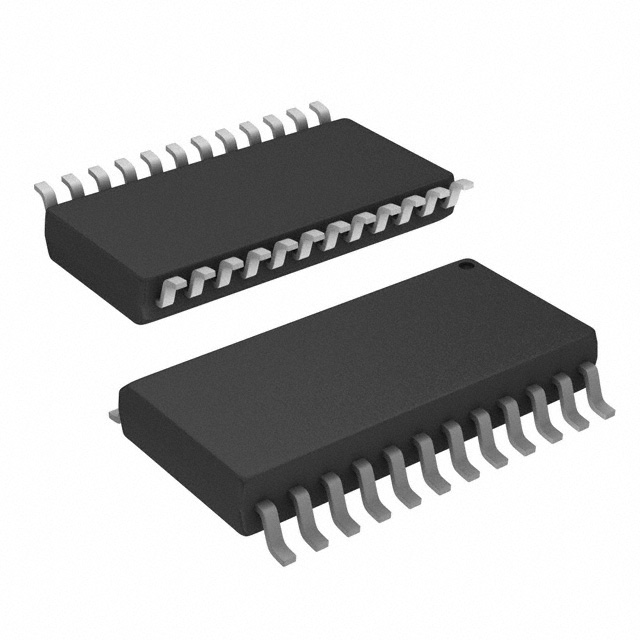
5V9910A-5SOGI8
ObsoleteIC PLL CLOCK DRIVER 24SOIC
Deep-Dive with AI
Search across all available documentation for this part.

5V9910A-5SOGI8
ObsoleteIC PLL CLOCK DRIVER 24SOIC
Deep-Dive with AI
Technical Specifications
Parameters and characteristics for this part
| Specification | 5V9910A-5SOGI8 |
|---|---|
| Differential - Input:Output | False |
| Divider/Multiplier | False |
| Frequency - Max [Max] | 85 MHz |
| Mounting Type | Surface Mount |
| Number of Circuits | 1 |
| Operating Temperature [Max] | 85 °C |
| Operating Temperature [Min] | -40 °C |
| Output | LVTTL |
| Package / Case | 24-SOIC |
| Package / Case [custom] | 7.5 mm |
| Package / Case [custom] | 0.295 in |
| PLL | Yes with Bypass |
| Ratio - Input:Output | 1:8 |
| Supplier Device Package | 24-SOIC |
| Type | PLL Clock Driver |
| Voltage - Supply [Max] | 3.6 V |
| Voltage - Supply [Min] | 3 V |
Pricing
Prices provided here are for design reference only. For realtime values and availability, please visit the distributors directly
| Distributor | Package | Quantity | $ | |
|---|---|---|---|---|
Description
General part information
5V9910A Series
The 5V9910A is a high fanout phase locked-loop clock driver intended for high performance computing and data-communications applications. It has eight zero delay LVTTL outputs. When the GND/sOE pin is held low, all the outputs are synchronously enabled. However, if GND/sOE is held high, all the outputs except Q2 and Q3 are synchronously disabled. Furthermore, when the VCCQ/PE is held high, all the outputs are synchronized with the positive edge of the REF clock input. When VCCQ/ PE is held low, all the outputs are synchronized with the negative edge of REF. The FB signal is compared with the input REF signal at the phase detector in order to drive the VCO. Phase differences cause the VCO of the PLL to adjust upwards or downwards accordingly. An internal loop filter moderates the response of the VCO to the phase detector. The loop filter transfer function has been chosen to provide minimal jitter (or frequency variation) while still providing accurate responses to input frequency changes.
Documents
Technical documentation and resources


